Architecture and permeability of post-cytokinesis plasmodesmata lacking cytoplasmic sleeves ($)
 Plasmodesmata are pores between cells through which viruses, proteins, small RNAs and other molecules can pass. The pores are usually described as being lined with a layer of plasma membrane with a tube of endoplasmic-reticulum membrane through the center. These membranes and associated proteins are crucial to regulate transport through the plasmodesmata. Nicolas et al. imaged plasmodesmata using electron tomography, a tool that has the resolution of transmission electron microscopy but allows 3D reconstructions of structures. They found that during cell differentiation, plasmodesmatal anatomy changes. In particular, shortly after cell division the membrane layers are more tighly appressed and appearing nearly closed (Type I plasmodesmata), but later show a much more open structure (Type II plasmodesmata). In spite of their occluded appearance Type I plasmodesmata allow passage of small molecules. Nature Plants 10.1038/nplants.2017.82
Plasmodesmata are pores between cells through which viruses, proteins, small RNAs and other molecules can pass. The pores are usually described as being lined with a layer of plasma membrane with a tube of endoplasmic-reticulum membrane through the center. These membranes and associated proteins are crucial to regulate transport through the plasmodesmata. Nicolas et al. imaged plasmodesmata using electron tomography, a tool that has the resolution of transmission electron microscopy but allows 3D reconstructions of structures. They found that during cell differentiation, plasmodesmatal anatomy changes. In particular, shortly after cell division the membrane layers are more tighly appressed and appearing nearly closed (Type I plasmodesmata), but later show a much more open structure (Type II plasmodesmata). In spite of their occluded appearance Type I plasmodesmata allow passage of small molecules. Nature Plants 10.1038/nplants.2017.82


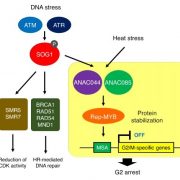

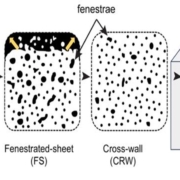
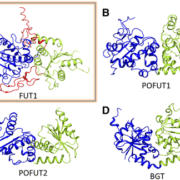
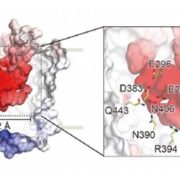
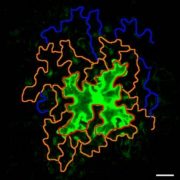


Leave a Reply
Want to join the discussion?Feel free to contribute!